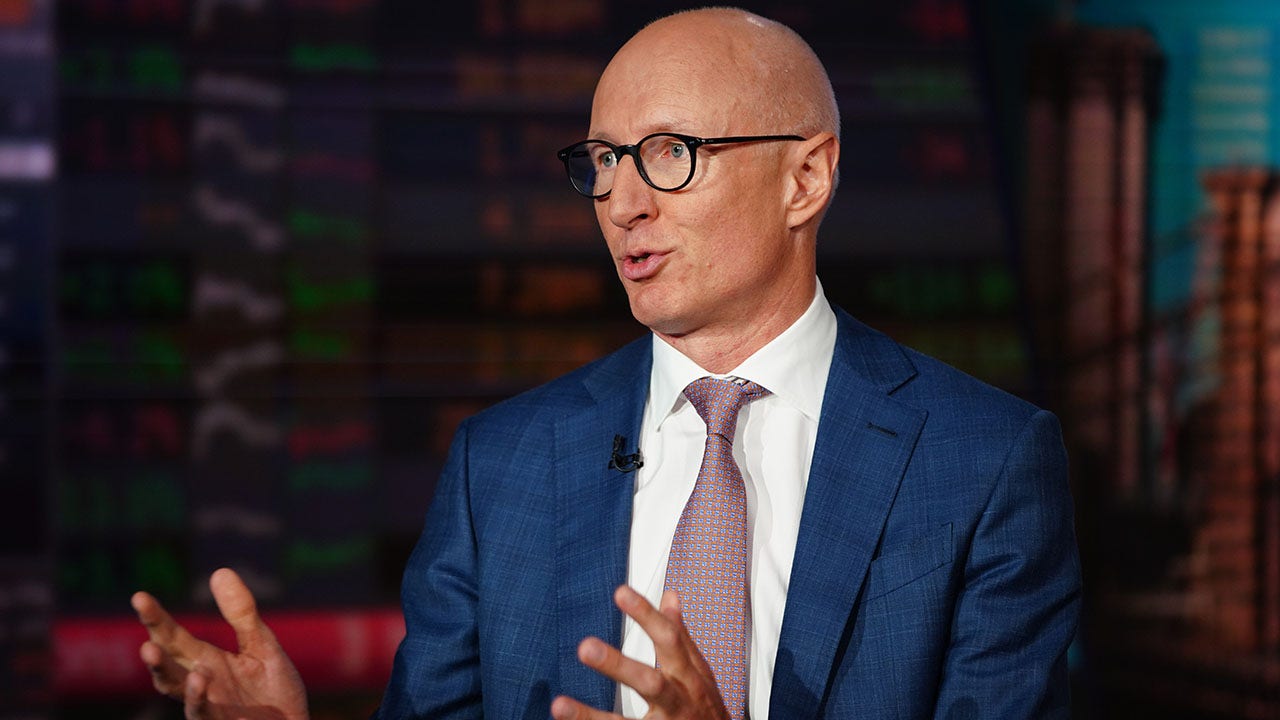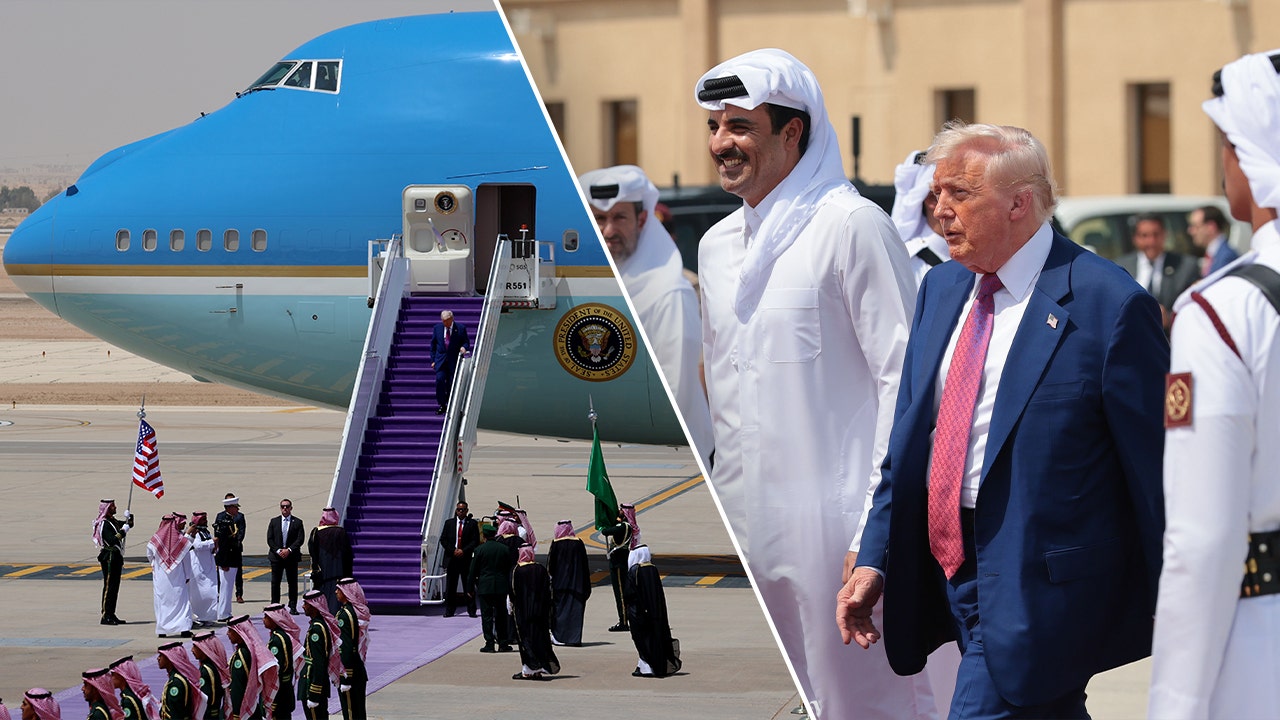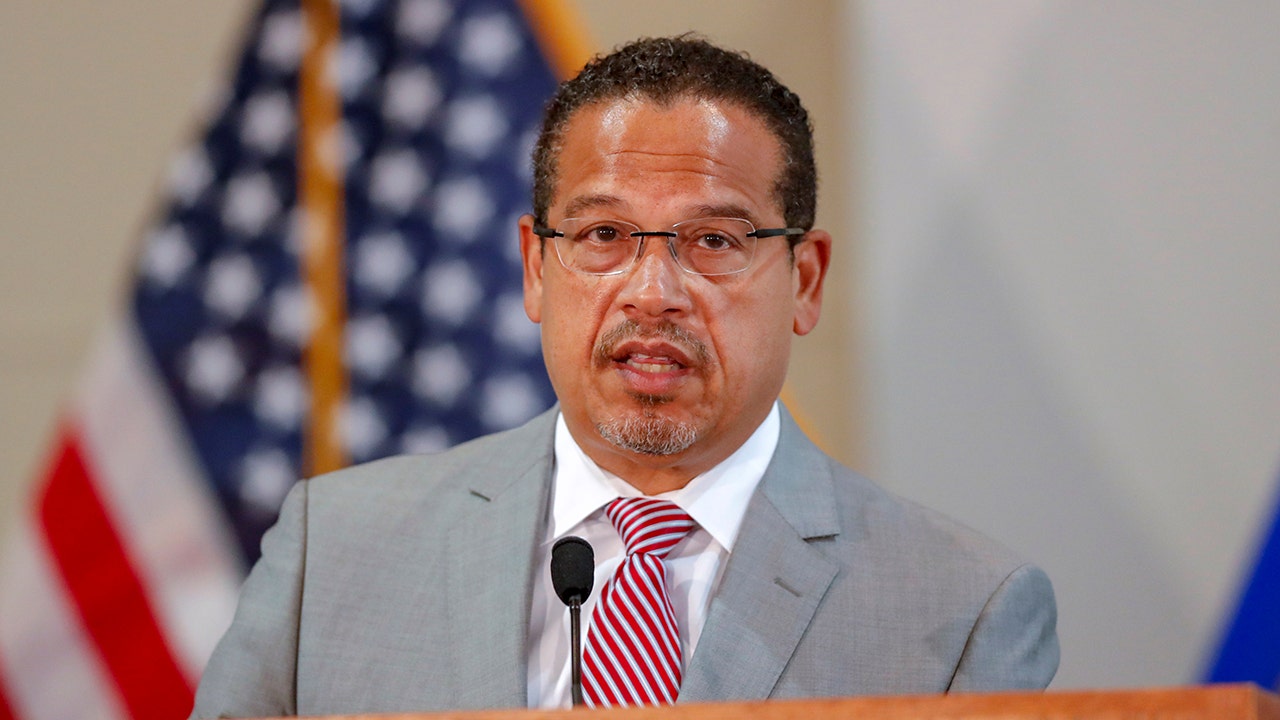Posted on Friday, May 16, 2025
|
by Ben Solis
|
0 Comments
|
News this week that the United States and China have agreed to a 90-day reduction in tariffs amid ongoing negotiations is the clearest sign yet that President Donald Trump’s strategy is having its intended effect – and that Washington holds all the leverage in trade talks with Beijing.
The news came following a weekend of negotiations with Chinese officials in Geneva, Switzerland, led by Treasury Secretary Scott Bessent and U.S. Trade Representative Jamieson Greer. China and the United States will both slash tariffs by 115 percent while talks are ongoing. U.S. tariffs on Chinese goods will drop to 30 percent, while Chinese tariffs on U.S. goods will drop to 10 percent. Both figures represent a notably better deal for the United States than when former President Joe Biden was in office.
The news has sent markets soaring and the corporate media scrambling to come up with a new attack strategy for Trump’s tariffs. The president described the breakthrough as a “total reset,” a major victory for American workers and businesses, and an admission of weakness from China. Several specialists I spoke to for this column agreed with that analysis.
“I have seen claims in the Western media that the Chinese economy is ‘resilient’ and that the United States is only hurting itself,” said former Chinese Communist Party (CCP) official Luli Jiao-long. “Beijing could not have hoped for more favorable coverage. These claims are entirely untrue.”
In reality, Trump’s trade pressure has exposed deep structural flaws in the Chinese economy that have become more pronounced in recent years. Liu Shijin, the former Deputy Director of the Development Research Center, the economic advisory body which recommends policies to the Central Committee of the CCP, pointed to data showing that the Chinese middle class has decreased from more than half the population to less than one-third during President Xi Jinping’s tenure. Over that same time period, the share of wealth held by individuals linked to the government increased from 75 percent to 90 percent. Liu called this a “structural deviation” in the Chinese economy that has Beijing deeply concerned.
Dr. Shufen Youlan, a retired economist and lecturer, also stressed in an interview with me that Chinese leaders understand how much the country’s economy depends on exports. “[Former Chinese leader] Deng Xiaoping decided that most produced goods would be exported,” he explained. “Jiang Zemin [Deng’s successor] only accelerated this trend. Revenue from exports in foreign currency finances China’s defense, internal security, and the CCP’s entire budget.”
Trump’s tariffs should be viewed against this backdrop of a deepening Chinese domestic economic crisis. While inflation has come down in the United States and Trump has announced a stunning $7 trillion in private-sector investment since he took office, things appear to be moving in the opposite direction in China.
The country is currently mired in a serious real estate slump, along with a mounting debt crisis. Delinquency rates on consumer debt are now rising to levels not seen since the 2008 Global Financial Crisis.
Reports indicate that Chinese courts are backlogged with millions of retail debt cases, and banks are selling off debt. In total last year, banks sold 1.18 trillion yuan in delinquent consumer loans, compared to only 222.5 billion yuan between 2014 and 2016. Caixin Global, an economics-focused Chinese media outlet, recently described the debt problem as an “acute worry” that could become worse in the months ahead.
The threat of U.S. tariffs has dramatically ramped up the pressure on the Chinese government. Professor Youlan believes Trump’s 145 percent tariffs could have eliminated a minimum of 20 million jobs linked to Chinese exports. “Along with subcontractors, this number could be twice or perhaps three times as much,” he said. “Beijing saw as many as 60 million jobs at risk, which is why they came to the negotiating table.”
Xi’s outreach to his neighbors was another sign of Beijing’s panic over the prospect of a prolonged trade war. Less than a week after Trump first began ratcheting up tariffs, the Chinese leader flew to Cambodia, Malaysia, and Vietnam to attempt to create a united Southeast Asian front against the United States. These efforts ultimately failed, forcing the talks in Geneva over the weekend.
The current tariff drawdown is temporary, but it is nonetheless a victory for the United States. Xi appears to understand that a new agreement – one that is a better deal for American producers and consumers – is the only life preserver for his sinking economy.
Ben Solis is the pen name of an international affairs journalist, historian, and researcher.
Read the full article here











